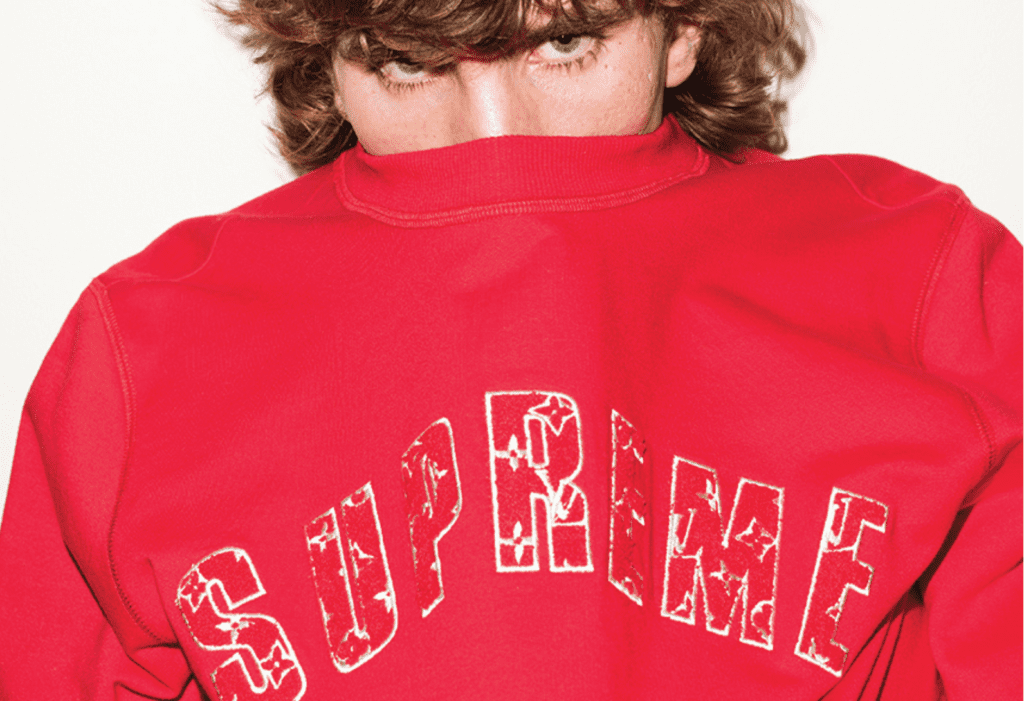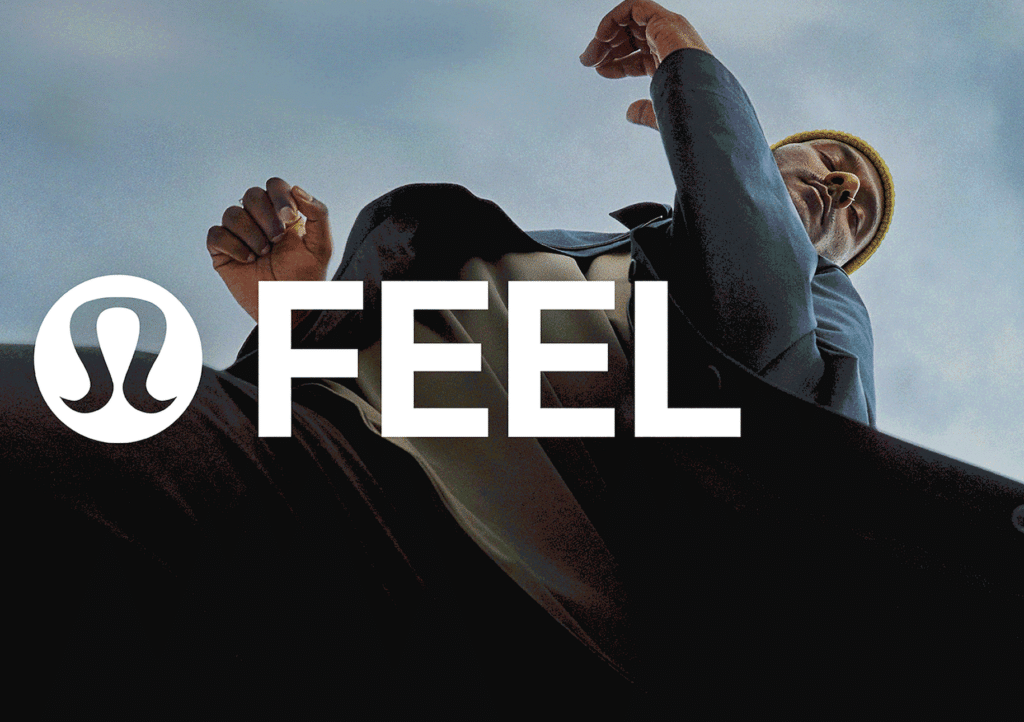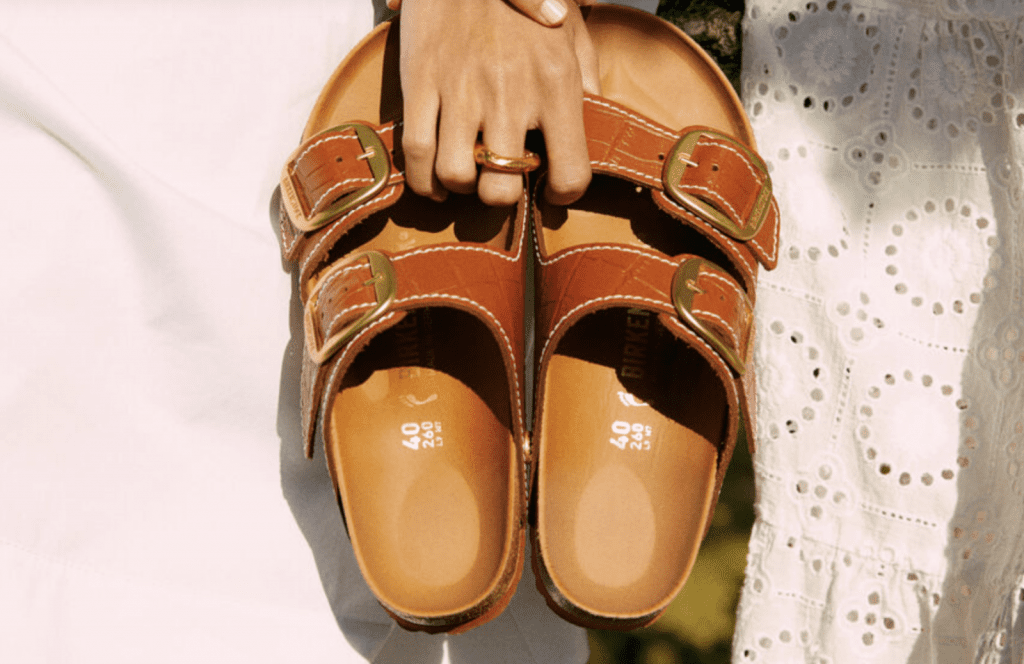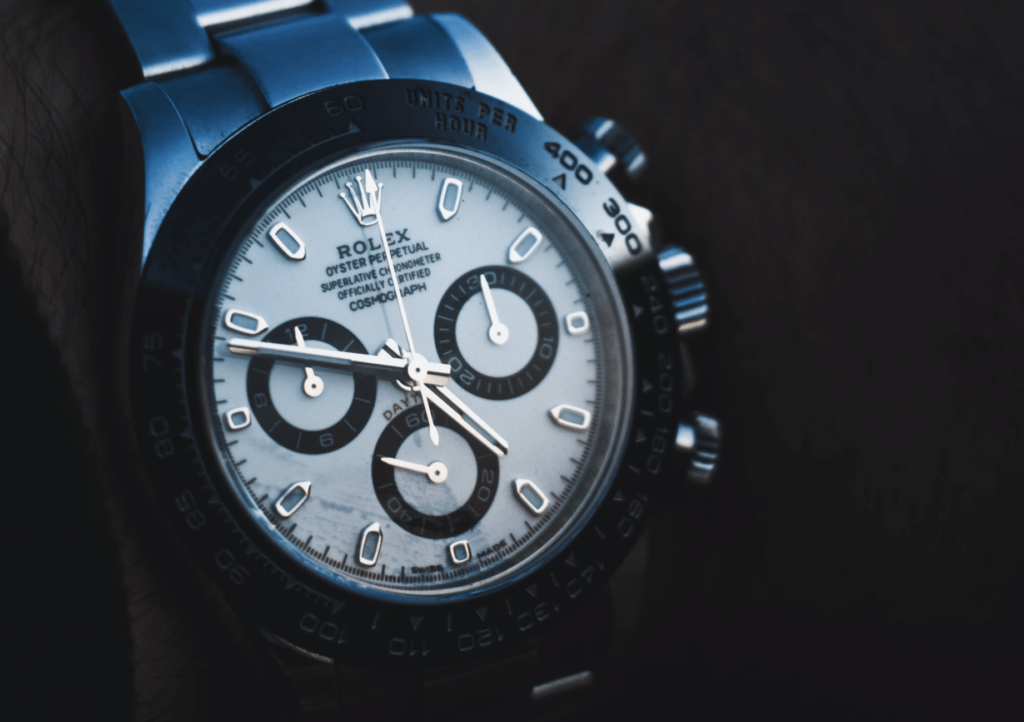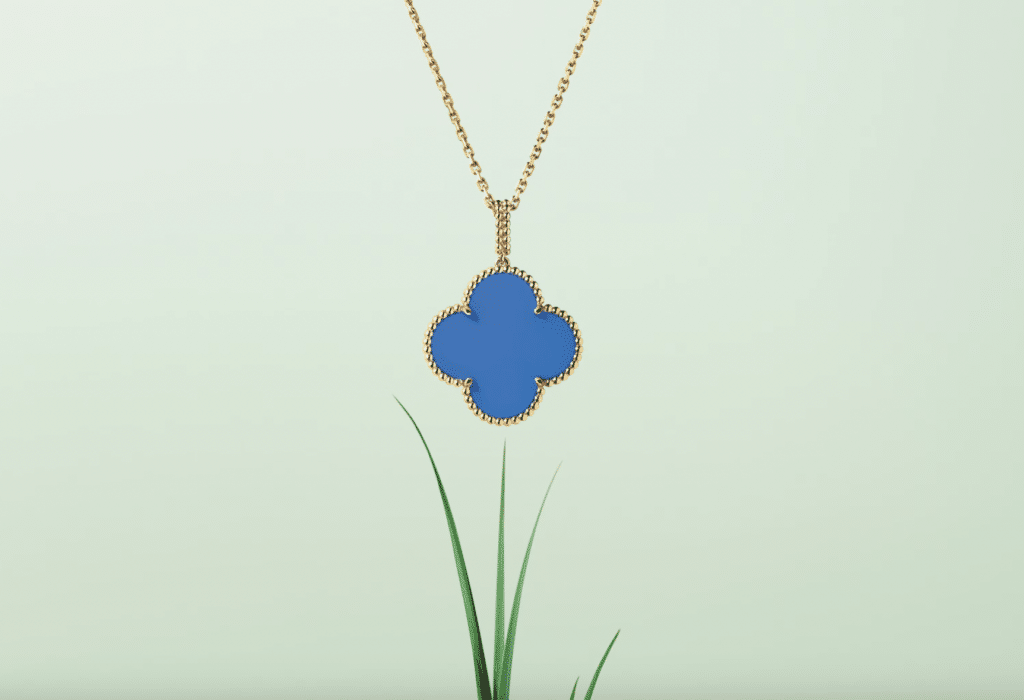“The True Story of When Louis Vuitton Sued Supreme,” reads a headline from a major menswear site, timed perfectly to run when the 185-year old luxury brand debuted a collaboration with Supreme last year. “Gucci Sued Dapper Dan Out of Business” is the original title of a recently-published (and since corrected) article from another mainstream media outlet. These are two of the “lawsuits” that fashion has had a field day referencing in connection with the ever-mounting rise of New York-based Supreme, and Gucci’s highly-anticipated partnership with Harlem fashion legend, Dapper Dan. In reality, however, neither of those lawsuits ever actually happened.
In early 2017, Louis Vuitton, the world’s most valuable luxury brand, made headlines when it was revealed that it would would team up with Supreme, the world’s most in-demand streetwear/skatewear brand, for an unexpected and unconventional collaboration. Not only was the pending partnership deemed to be surprising, given the different market segments that the two brands respectively occupy and Louis Vuitton’s near-tyrannical level of control over its intellectual property. An additional factor made it a particularly interesting joining of the parties: as many outlets highlighted, nearly 20 years ago, Louis Vuitton was on the brink of filing a trademark infringement (and probably dilution) lawsuit against Supreme.
Yes, in 2000, Supreme found itself a foe in Louis Vuitton on the heels of introducing a trio of remarkably familiar-looking skate decks. The limited edition pieces made use of a pattern of floral-esque graphics woven together with a dollar sign-styled “S” and came in white, black, or brown. For no small portion of the consuming public, the resemblance was significant. The pattern on Supreme’s skate decks looked a lot like Louis Vuitton’s famed Toile Monogram.
It did not take long for Louis Vuitton’s intellectual property enforcement counsel to send a strongly-worded cease and desist letter to the then-6-year-old Supreme, demanding that it immediately and permanently cease all uses of any patterns that are confusingly – or substantially – similar to Louis Vuitton’s trademark and copyright-protected Toile Monogram. More than that, though, in addition to requesting information about the number of decks Supreme had actually sold, Louis Vuitton’s counsel demanded that the brand provide it with any of the remaining monogram-bearing products in its possession so they could be destroyed just like all of the other infringing and counterfeit goods that Louis Vuitton comes across in its enforcement efforts.
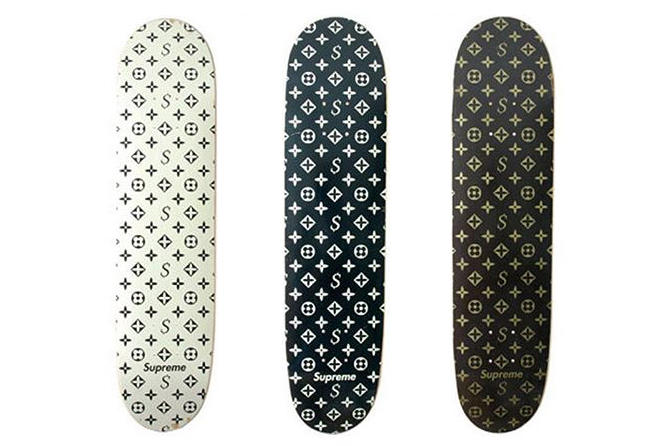 image: Hypebeast
image: Hypebeast
Supreme, not yet the billion dollar, corporately-held brand that it is today, was seemingly not looking for a public fight against the sheer power of Louis Vuitton and its corporate parent company LVMH. So, by all appearances, it cooperated. To be exact, Supreme pulled the decks from its website and replaced them with a simple notation: “Recalled after two weeks due to lawsuit.” Aside from that, the terms of the parties behind-the-scenes settlement were never revealed.
In the meantime, menswear, streetwear, skatewear, and fashion-oriented publications went wild with the news that the two in-demand brands were in the early stages of what was sure to become an ugly court battle.
That “lawsuit,” however, never came to be. Instead of the legal squabble making its way to a federal court in New York on trademark grounds, it petered out on the heels of Louis Vuitton’s letter to the brand (which is technically – and practically – very different than filing a formal complaint with a court).
Dapper Dan, Gucci, and the Lawsuit that Wasn’t
Meanwhile, some 100-plus blocks uptown from Supreme’s outpost on Lafayette Street, Dapper Dan was laying low. In his heyday in the pre-internet 1980’s, he was regularly sought out by rappers, sports figures, gangsters, and other in-the-know folks, who were in search of truly one-of-a-kind designer wares. Day made his name – both literally and in terms of his Dapper Dan moniker – thanks to his work as a tailor and designer. His statement-making luxury logo-covered designs routinely found their way from his yellow awning-adorned boutique on 125th Street into the closets of everyone from Mike Tyson and Floyd Mayweather to LL Cool J and Salt-N-Pepa.
Day’s trade, despite being widely sought after and celebrated in black culture in the 1980’s, was less than straightforward, legally speaking, as he made use almost exclusively of counterfeit materials. The reality was that in the 1980’s few – if any – established French or Italian design houses were eager to dress black consumers, even if they were famous musicians or athletes. In much the same vein, those same luxury brands were hardly entertaining the notion of a collaboration with a black man from Harlem. Undeterred by brands’ unwillingness to partner with him or even provide him with authentic textiles, Day relied on knockoffs fabrics, which he turned into garments that are now deemed to be bona fide iconic pieces of fashion history.
Given the less-than-legal nature of his operation, it would not be all that long before the brands caught on. “It lasted 10 years before lawyers from luxury brands moved in,” the New York Times revealed. And once they did, Day’s mail box was regularly being filled with cease and desist letters demanding that he stop making use of materials bearing counterfeit versions of their logos. “I was receiving all of these cease and desist orders from the major brands,” he said years later in an interview with Grazia.
Publications have been quick to report that the cease and desist letters that Day was receiving at the height of his success were not merely tooth-less threats, but were escalated in lawsuits by numerous brands, including Gucci. But Gucci – which now maintains a formal partnership with Day following a copying snafu in connection with Alessandro Michele’s 2018 Cruise collection – has shut down any such suggestion, asserting that the brand never did file suit against Day, noting that reports to the contrary are incorrect.
That does not mean other brands did not pursue him. They did. One of the most aggressive was Fendi– which with the help of New York-based law firm Pavia & Harcourt and one now-big name figure, in particular, Sonia Sotomayor (20 years before she was appointed to the Supreme Court, that is) – initiated (and prevailed in) civil proceedings and seized countless “FF” logo-covered wares from Day’s boutique beginning in 1988 after photos of boxer Mike Tyson wearing a peculiar (i.e., counterfeit) Fendi-branded jacket made their way to the media.
Within four years of Fendi discovering what Dapper Dan was up to, his was forced to close up shop. His store front may have been gone by 1992, but Day insists, “I never stopped doing what I was doing, I just went underground, and no one knew.”
As for whether other brands actually pulled the trigger and filed suit, it is difficult to tell. Few are willing to admit it if they did.




